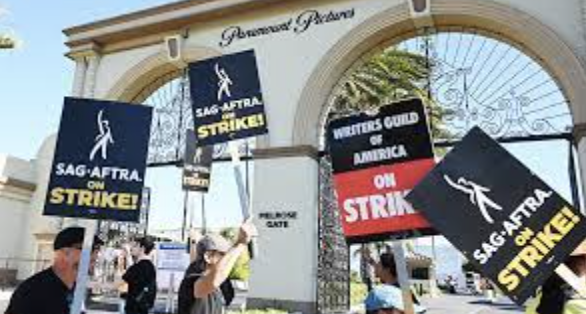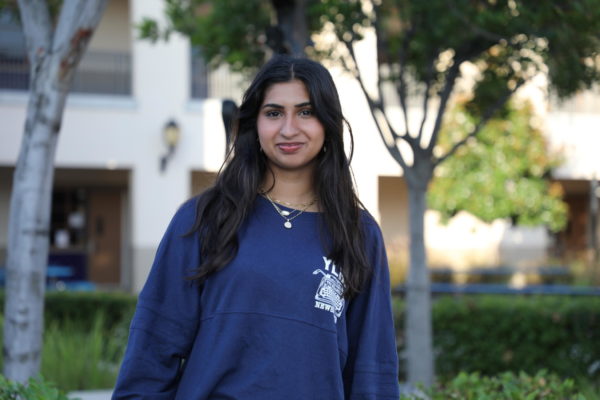
Hollywood has become the backdrop for a labor dispute not witnessed since 1960, as actors under the Screen Actors Guild‐American Federation of Television and Radio Artists (SAG-AFTRA) join their writer counterparts on picket lines. After weeks of negotiations with the Alliance of Motion Picture and Television Producers (AMPTP) reached a stalemate, this strike marks a historic moment, echoing a similar collaboration in 1960 when both actors and writers took to the streets.
While the Writers Guild of America (WGA) recently agreed on a tentative deal with AMPTP on September 24, SAG-AFTRA still needs to catch up. Despite the tentative victory for the writers, the performers are contemplating a second strike.
So, how did this walkout unfold? SAG-AFTRA, with an overwhelming 98% member support, authorized a strike even before negotiations commenced in June. When talks failed to yield a resolution by the contract expiration on June 30, negotiations were extended to July 12. A federal mediator stepped in, but as the extended talks concluded without a new contract, the SAG-AFTRA board voted on July 13 to approve the strike (NYT). The actors took to picket lines the next day.
Fran Drescher, the current SAG-AFTRA president delivered an impassioned speech when announcing the strike plans. The breakdown in negotiations primarily revolves around SAG-AFTRA’s proposal for a third-party company to measure show success, tying residual payments to performance. Additionally, issues such as self-taped auditions, contributions to the union’s health and pension plan, pay increases, and the burgeoning influence of artificial intelligence emerged as further points of contention.
Now that the actors are now out of studios and onto the streets, where can they turn for support? Various grants, loans, and funds are available for affected SAG-AFTRA members, including free groceries offered by an Arlington Heights food bank.
As Hollywood grapples with the strike’s impact, some high-profile projects have been halted, including “Deadpool 3” starring Ryan Reynolds and Hugh Jackman, and “Gladiator 2” with Paul Mescal, Pedro Pascal, and Denzel Washington. However, not all projects are on pause. SAG-AFTRA has granted waivers to select independent films and television shows unaffiliated with major studios and streaming giants associated with AMPTP. Notable names like Mel Gibson, Matthew McConaughey, Anne Hathaway, Paul Rudd, and Jenna Ortega are allowed to proceed with their filming activities.
It’s important to note that the strike does not affect performers under different contracts, such as those involved in commercials, soap operas, and talk shows. Similarly, broadcasters within the union remain unaffected by the ongoing labor dispute.
YLHS students are also concerned with this strike as it greatly affects the entertainment industry, Sarah Bennani (12) comments, “I’m both worried for the future of some of my favorite shows and for the actors affected as the strike continues”. As Hollywood faces this unprecedented moment, the city of stars finds itself divided by a picket line, raising questions about the future of the entertainment industry.
























